
Volvo XC90 Estate (2002-2014) review
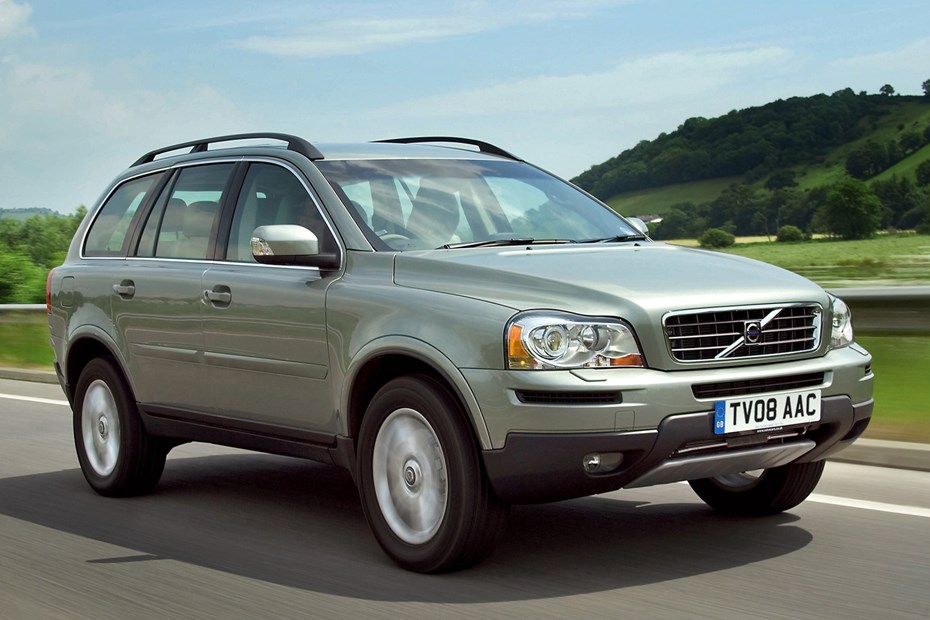
At a glance
| Price new | £30,570 - £49,590 |
|---|---|
| Used prices | £754 - £9,178 |
| Road tax cost | £430 - £760 |
| Insurance group | 35 - 44 |
Get an insurance quote with

|
|
| Fuel economy | Not tested to latest standards |
| Range | 259 - 509 miles |
| Number of doors | 5 |
| View full specs for a specific version | |
Available fuel types
Petrol
Diesel
Pros & cons
- Comfortable and refined
- Seven seats as standard
- Well made with decent reliability
- BMW X5 nicer to drive
- Geartronic automatic is sluggish
- Petrols thirsty
Volvo XC90 (02-14) rivals
Overview
The Mk1 Volvo XC90 was something of a gamechanger for the Scandinavian brand – and for the future of the best SUVs in general. Arriving with refined style that was consciously designed to appeal to female buyers, it offered an easy-going driving experience, high levels of safety and seating for up to seven. As standard.
It’s not as agile as the contemporary BMW X5, but also isn’t saddled with the macho image. Instead you get a thoughtful family vehicle that if well cared for will serve you faithfully for many years to come. The original XC90 was an enormous success for Volvo, so there are vast numbers of used XC90s to choose from as well.
Volvo XC90 Mk1 known faults and common problems
Early XC90 reliability isn’t flawless, but it’s better in this respect than anything with a Range Rover badge and we’d take one over a Mercedes-Benz M-Class, too. Later examples of the Volvo are certainly better made, however, so you’d be wise to go for as young a car as your budget can afford.
Prices start as low as £1,500 – but for that little you’ll be buying mega-mileage, spares or repairs, or imminently broken. Could still be worth it, depending on the remedial cost. The best examples will cost 10 times that amount, but there’s probably a happy medium to be found somewhere in between these two extremes where you can great value and an extensively documented service history.
Buying guide
Common issues, and what to look for if you’re looking at getting one.
1) Diesel injectors
As per many diesel engines of this period, injector failure can be a problem. It’s an expensive issue on the XC90, however, so don’t ignore the signs. These include lots of smoke, erratic engine revs when driving at a constant speed and poor starting.
2) Make sure the timing belt tensioners and pulleys are in good condition
The diesel engines throw belts if tensioners and pulleys are not looked after – which means changing them at around 60,000 miles rather than the intervals originally specified by Volvo. Belt failure can be catastrophic for the engine.
3) Geartronic automatic transmission
This needs looking after or can fail expensively. Therefore, if any car you’re looking at has a tow hook, enquire about how often it’s been used and how heavy the caravan or trailer attached. The transmission cooling system can be upgraded to improve matters, but this is rarely done. Listen for clunks and other unusual behaviour during the test drive (which needs to be long enough for the transmission to fully warm up – around 30 minutes). Assuming you find a good one, budget for regular fluid changes to keep it that way.
4) Four-wheel drive system
This is enough of a problem that Volvo has offered partial cover for repair costs on occasion. The issue is related to the angle gear and sleeve, and will leave the car in two-wheel drive. You can actually check for this by crawling about under the car and seeing if you can rotate the central prop shaft while the gearbox is in park. By this point, if the system is working it’s likely to stay that way, as the repair typical uses improved parts. Not terribly difficult to fix, regardless.
5) Suspension
Listen for knocks and bangs from the suspension on the test drive and during low speed manoeuvres; the list of potential failure points is quite long is this department, and the XC90 is quite hard on everything, so look for signs of previous replacement in the service history as indication of how well the car has been kept.
6) Power-steering
The pump can leak, so turn the wheel from lock to lock at low speed to make sure everything is ok – the process should be smooth and not inconsistent feeling.
7) Electrical issues
Make sure everything works as it should; the earliest XC90s are over 20 years old now and they are becoming prone to issues in this area. It doesn’t help that problems with pollen filter cover can let water into the electrical system; there’s a redesigned part but this still needs to be fitted properly to do the job correctly.
8) Brakes
This is a big, heavy car, so can be hard on its brakes. Listen for squealing, and make sure it stops in a straightline – or negotiate accordingly. Similarly, pay attention to the handbrake. Does it engage properly? If not you’re on the hook for immediate replacement of the shoes, and again consider how that fits in with the asking price.
9) Tyres
As with the brakes, the XC90 can be hard on its tyres. Wear towards the shoulder of the tyre can also indicated it’s been driven hard by the previous owner. Tyres for this kind of vehicle are typically expensive, so the quality of the rubber is also a good indicator of how well the vehicle has been kept. Mismatched brands of tyre is another warning sign.
10) General wear and tear
These cars shouldn’t rust – so this is often a sign of damage or neglect. Being vaguely off-road capable, they might have encountered rough ground, so look for damage underneath and tell-tale scratches to the bodywork. Consider the condition of the interior and boot – does it match the asking price? Do all the seat mechanisms work properly. In an ideal world, Volvo main dealer or specialist service history is a must.
What models and trims can you buy?
The vast majority of first-generation Volvo XC90s were sold with D5 turbodiesel engines in various power configurations – if you opt for one of these make sure you know exactly what you’re buying and that it meets the emissions standards you require.
Alternatively, some powerful petrol models were also offered. These are fun, but not as suitable for towing and much more expensive to run. Almost all XC90s were fitted with the Geartronic automatic transmission; though a six-speed manual gearbox was offered, only a few hundred sold.
Volvo likes to muck about with trim levels on a fairly regular basis, so keeping track of which badges were used in what year can be a pain. Fortunately even basic XC90s are well equipped, so we’d suggest buying on condition rather than specification at this point in time.
Over the next few pages, we’ll review each aspect of the Volvo XC90 Mk1, taking into account its practicality, comfort, fuel economy and performance. If you’re short on time, you can also skip to our verdict page to see if we recommend the first-generation XC90 as a good used car.



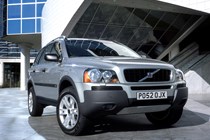
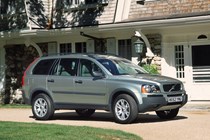



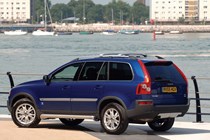


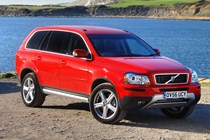
.jpg)
.jpg)
.jpg)
.jpg)
.jpg)
.jpg)
.jpg)
.jpg)
.jpg)
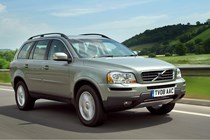
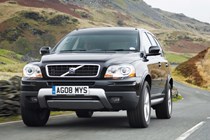

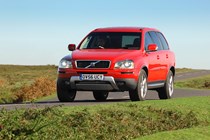
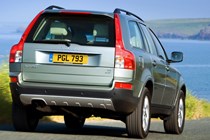
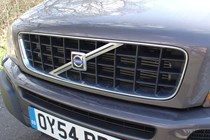
.jpg)
.jpg)
.jpg)
.jpg)
.jpg)
.jpg)
.jpg)
.jpg)
.jpg)
.jpg)
.jpg)
.jpg)
.jpg)
.jpg)
.jpg)
.jpg)
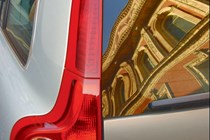
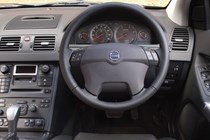
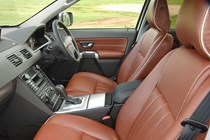
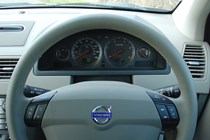
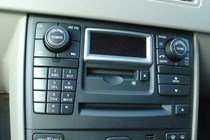
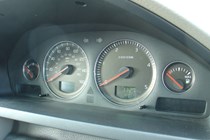


.jpg)
.jpg)
.jpg)
.jpg)
.jpg)
.jpg)
.jpg)
.jpg)
.jpg)
.jpg)
.jpg)
.jpg)
.jpg)
.jpg)
.jpg)
.jpg)
.jpg)
.jpg)
.jpg)
.jpg)
.jpg)

.jpg)
.jpg)
.jpg)
.jpg)
.jpg)
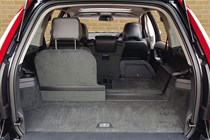
.jpg)
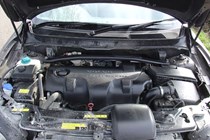
.jpg)
.jpg)
.jpg)
.jpg)













.jpg?quality=50)
.jpg?quality=50)
.jpg?quality=50)
.jpg?quality=50)
.jpg?quality=50)
.jpg?quality=50)
.jpg?quality=50)
.jpg?quality=50)
.jpg?quality=50)






.jpg?quality=50)
.jpg?quality=50)
.jpg?quality=50)
.jpg?quality=50)
.jpg?quality=50)
.jpg?quality=50)
.jpg?quality=50)
.jpg?quality=50)
.jpg?quality=50)
.jpg?quality=50)
.jpg?quality=50)
.jpg?quality=50)
.jpg?quality=50)
.jpg?quality=50)
.jpg?quality=50)
.jpg?quality=50)








.jpg?quality=50)
.jpg?quality=50)
.jpg?quality=50)
.jpg?quality=50)
.jpg?quality=50)
.jpg?quality=50)
.jpg?quality=50)
.jpg?quality=50)
.jpg?quality=50)
.jpg?quality=50)
.jpg?quality=50)
.jpg?quality=50)
.jpg?quality=50)
.jpg?quality=50)
.jpg?quality=50)
.jpg?quality=50)
.jpg?quality=50)
.jpg?quality=50)
.jpg?quality=50)
.jpg?quality=50)
.jpg?quality=50)

.jpg?quality=50)
.jpg?quality=50)
.jpg?quality=50)
.jpg?quality=50)
.jpg?quality=50)

.jpg?quality=50)

.jpg?quality=50)
.jpg?quality=50)
.jpg?quality=50)
.jpg?quality=50)